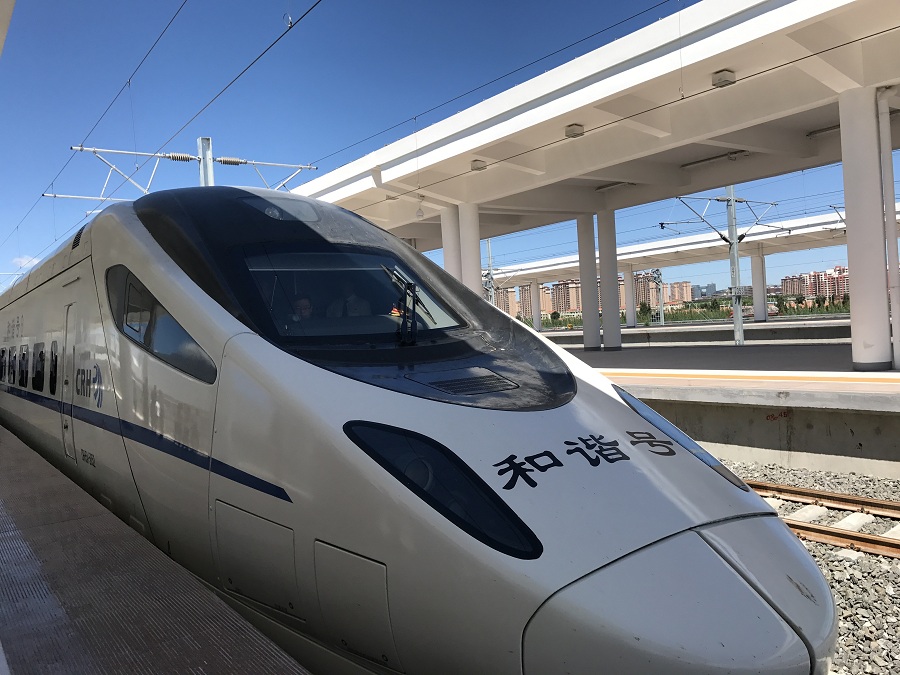Traditional Mongolian Medicine reaches new borders
(chinadaily.com.cn)
Updated: 2014-05-05
"As we gradually establish international fame for Mongolian medicine, many high-level TMM doctors who switched to Western medicine have come back to join us, even some who were working abroad. In the past two years, more than 40 medical doctors have been attracted to the hospital.
"There was no provincial-level TMM hospital in Inner Mongolia before, and the ancient therapies were only preserved on the vast grasslands, some of which cannot be explained by modern science," she says.
"Once these practices lose inheritors, they will probably be forgotten. Now we have a chance to gather the knowledge. TMM is not only a medicine, and it also should be treated as an intangible cultural heritage item, and will make its unique contribution towards construction of our country’s cultural power. ”
"It's difficult to make Westerners fully understand TMM within a short time, and not everyone has the chance to come and see these practices with their own eyes.
"Those whom we have met have kept open minds toward TMM. Their inclusiveness creates a larger space for more cooperation in the future."
In 2013, the health department of Inner Mongolia reached an agreement with the US National Institute of Health to promote the study of Mongolian medicine.
Ulaan recalled what her WHO counterparts told her in New York, "If TMM was used at regular hospitals in the US, those hospitals may find that their medical expenses will plummet."

High-speed train debuts in Inner Mongolia
A bullet train departed Hohhot East Railway Station for Ulanqab marking the start of high-speed rail services using Inner Mongolia’s first newly-laid high-speed railway on Aug 3.
